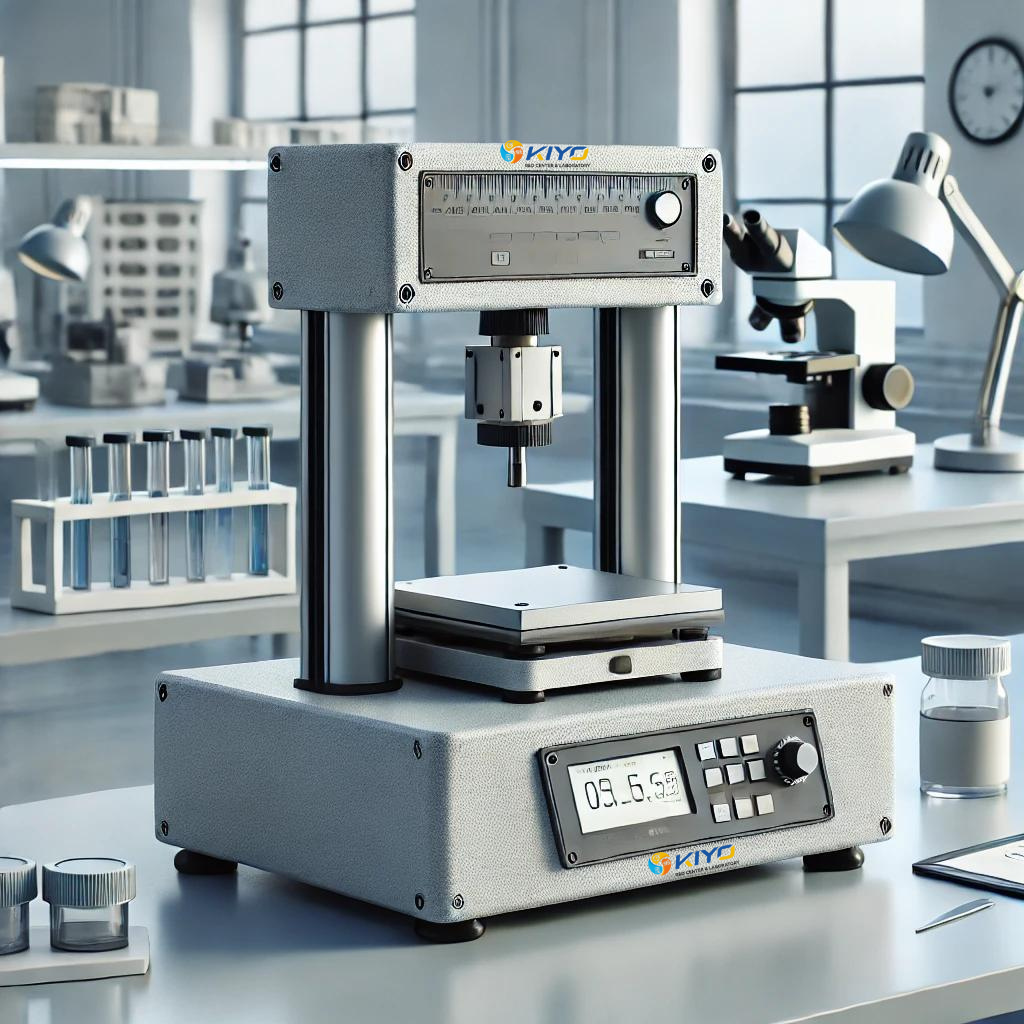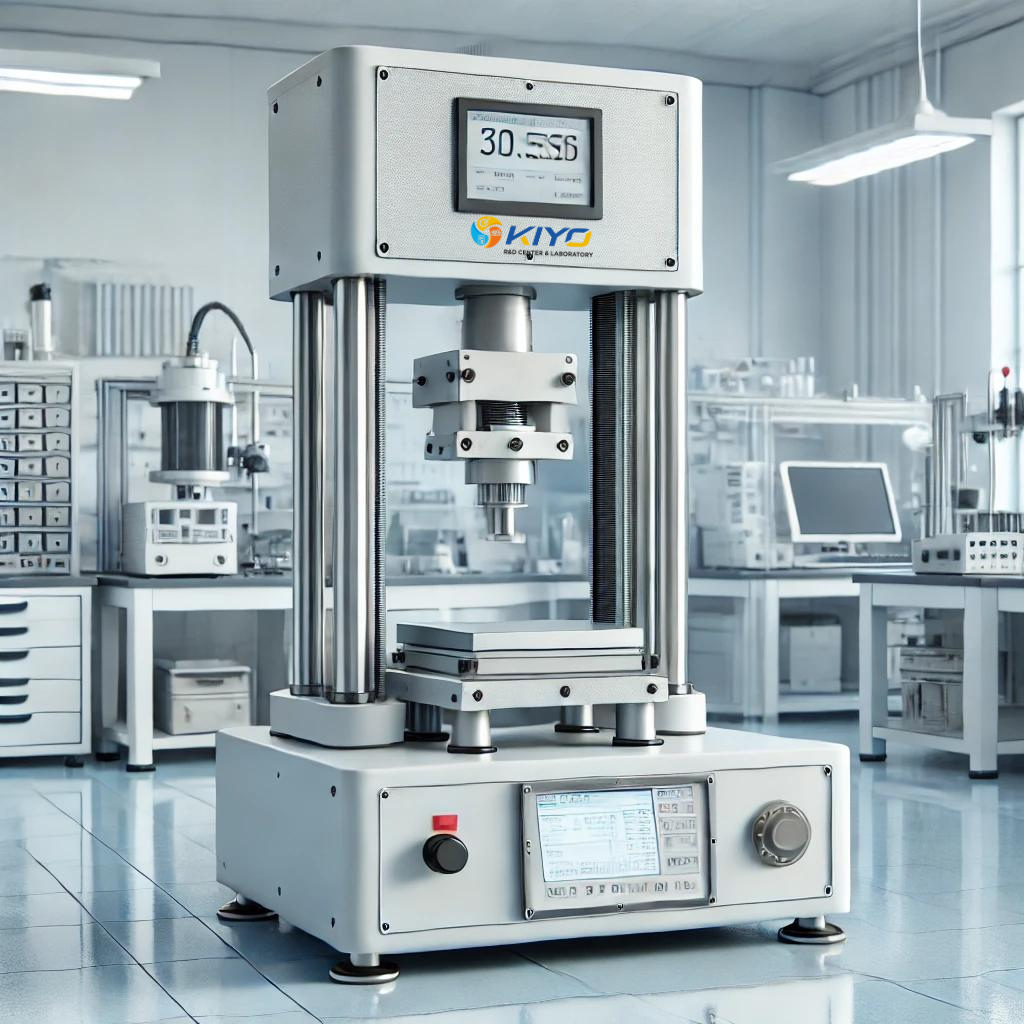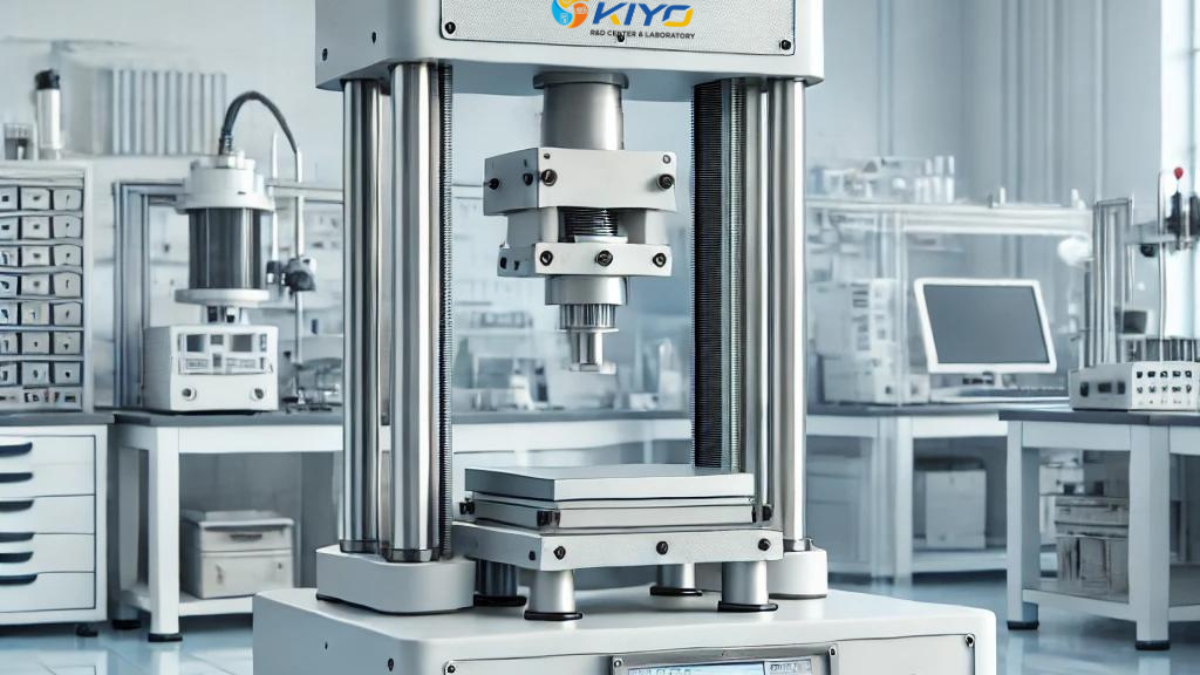Wear Resistance Test as Per MS 210-05
Wear Resistance Test According to MS 210-05 Hyundai Standards
Introduction
- In the realm of materials testing, the wear resistance test stands out as a fundamental procedure to assess the durability of materials. The MS 210-05 standard provides a comprehensive framework for conducting these tests, ensuring consistent and reliable results crucial for various industrial applications.

The Essence of Wear Resistance Testing
Wear resistance testing evaluates a material’s ability to withstand abrasion, erosion, and other forms of mechanical wear. By replicating real-world conditions, this test offers insights into how materials will perform under stress, thus helping in predicting their lifespan and maintenance needs.
Key Features of the MS 210-05 Hyundai Standard
The MS 210-05 standard outlines specific methodologies for wear resistance testing, ensuring uniformity in procedures and results. This standard is particularly valuable for industries where material endurance is critical, such as automotive, aerospace, and manufacturing.
Step-by-Step Testing Procedure
- Sample Preparation: Samples are prepared to meet the exact specifications detailed in the MS 210-05 standard, ensuring consistency in test conditions.
- Machine Setup: The wear testing machine is calibrated according to the standard’s guidelines. The sample is positioned correctly, ready for the test.
- Execution: The machine applies a controlled load to the sample using a reciprocating mechanism. This simulates the wear and tear the material would experience in real-world applications.
- Data Collection: Throughout the test, data on wear rate, depth, and volume loss is meticulously recorded. This data is pivotal in assessing the material’s wear resistance.
- Analysis: Post-testing, the data is analyzed to interpret the material’s performance. Visual aids like charts and graphs often accompany this analysis, providing a clear picture of wear characteristics.
Practical Applications
Wear resistance testing is indispensable in several sectors:
- Automotive Industry: Ensures longevity and reliability of components such as engine parts and brake systems.
- Aerospace Sector: Evaluates materials used in aircraft and spacecraft, where material failure is not an option.
- Manufacturing: Assesses the durability of tools and machinery parts, which are subjected to continuous wear.
Technological Advances in Wear Testing
With the advent of new technologies, wear testing has seen significant advancements. Modern machines now offer enhanced precision, better control, and comprehensive data collection capabilities, making the testing process more efficient and reliable.

Conclusion
- Adhering to the MS 210-05 standard for wear resistance testing is crucial for ensuring material reliability and durability. This standard provides a robust framework for conducting tests that yield valuable data, helping industries create better, longer-lasting products. By following these guidelines, companies can improve product performance, reduce maintenance costs, and enhance customer satisfaction.

